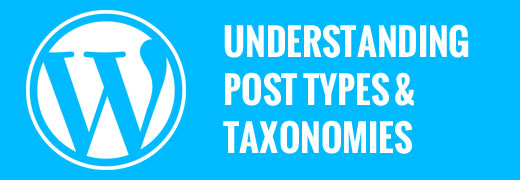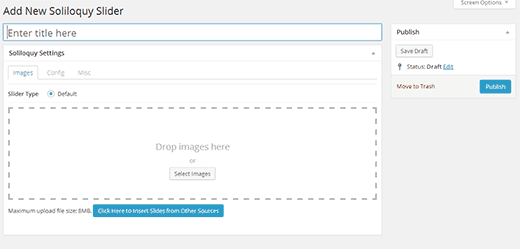When Do You Need a Custom Post Type or Taxonomy in WordPress
When reading about WordPress, you’ve probably come across terms like custom post types and custom taxonomies. As a beginner, you may have asked yourself when do I need to use a custom post type or custom taxonomy in WordPress? In this article, we will explain why and when do you need a custom post type or taxonomy in WordPress.

What are Post Types and Taxonomies?
Post Types is a term used to refer to different types of content in a WordPress site. In all practical sense, it should be called content type.
WordPress comes with five default post types. Posts are one of the post type just like pages, attachments, navigation menus, and revisions. All of them are stored in the posts database table and are differentiated by a column called post_type.
Post types are the way to distinguish different content types in WordPress. For example Post and Pages are both post types, but they are made to serve a different purpose (see the difference between posts and pages in WordPress).
Taxonomy in WordPress is one of those things that everyone use, but they do not know that they are using it. WordPress taxonomies are used as a way to group posts and custom post types together.
WordPress comes with two default Taxonomies, categories and tags. However in some cases, you may want to expand beyond categories and tags. WordPress allows you to create your own custom taxonomies and use them in your post types to group and sort your content.
Video Tutorial


